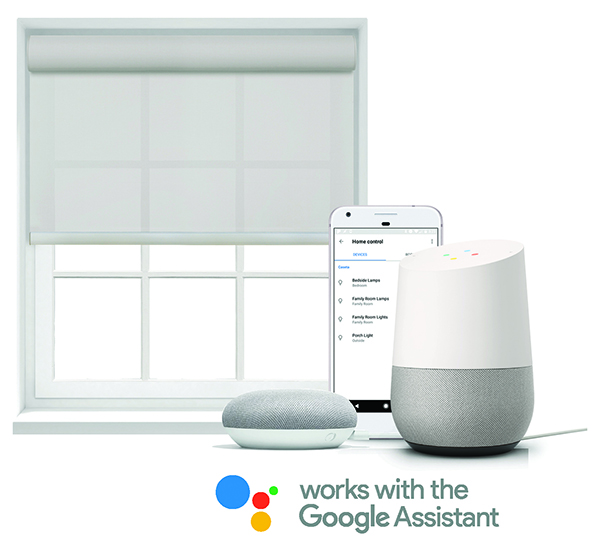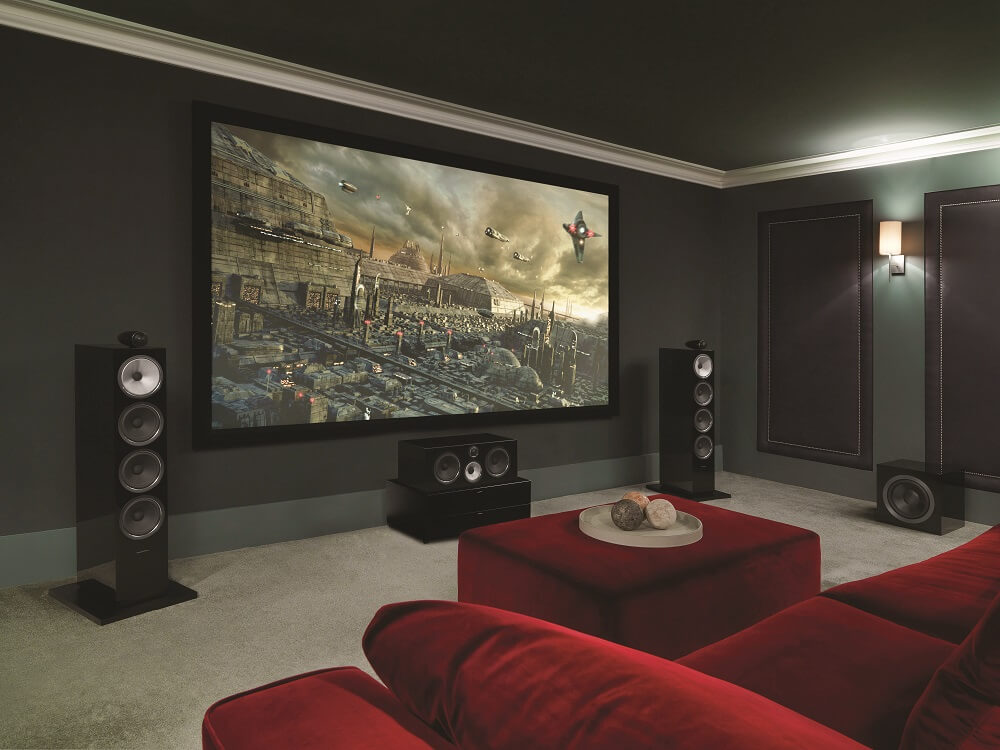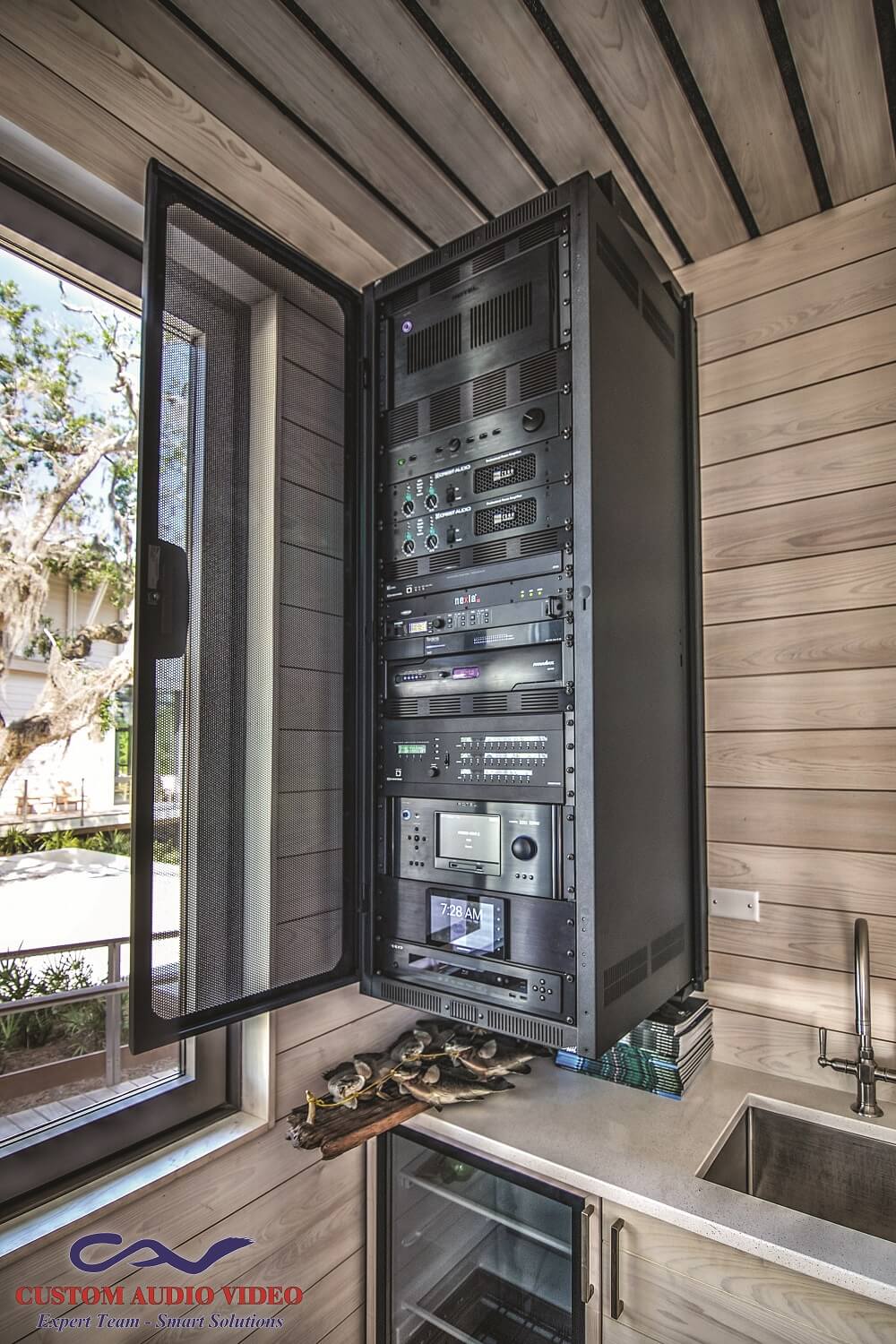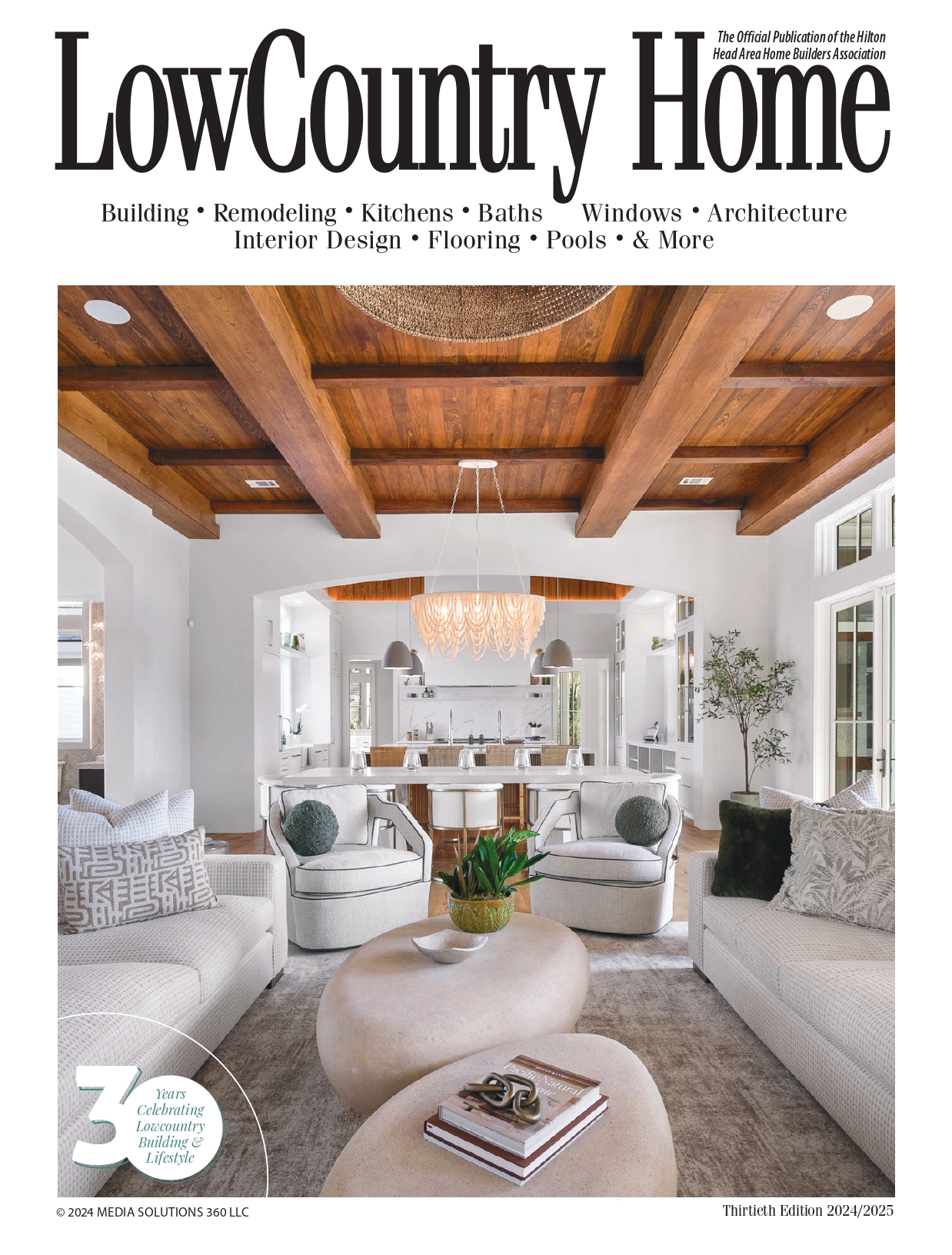Plan Ahead for the “Brain” of Your House
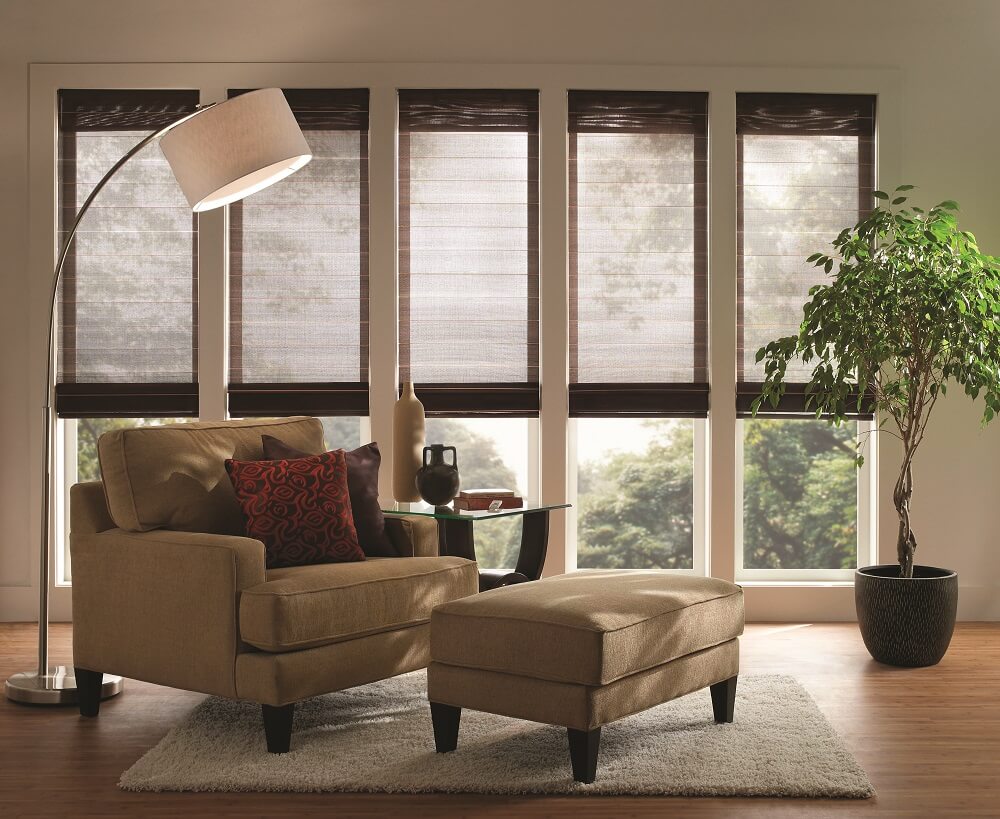
Plan Ahead for Smart Technology
Home Automation is here to stay, so make sure you include it in your design plans.
Navigating Home Automation and the Internet of Things has become a reality for modern homeowners. We no longer live in a world where having your home complete daily chores is a fantastic dream. Instead, we have arrived to a reality in which your shower, your oven, your blinds, your lighting, your entertainment, even your thermostat can all be controlled from the small hand-held device that already goes with you everywhere.
Since people spend much of their time at home preparing meals, entertaining and unwinding, Smart Home technology particularly focuses on features in the kitchen, baths and entertainment areas. As more products in kitchens and baths begin to offer Smart Home technology, it is important that builders, architects and remodelers have a clear understanding of how home automation works, so they can steer their clients in the direction that is inevitable. If you are dealing withclients in the home building industry, here are three important ways to educate buyers.
Talk Tech
Embed the topic of technology into every design conversation for each project just as you would indoor plumbing or electrical work. The goal is to integrate smart technology into the plans as part of the design process rather than as an afterthought. After-the-fact installations cost more, and the options are limited if wiring isn’t available to properly support the scope of work. If you overlook technology in the design phase, then you have created a huge gap in the budget, scheduling and space planning that will be hard to make up. Home automation is a real thing that is here to stay. Your clients will eventually want this included in their home, so go ahead and plan to discuss it in the early stages.
Product Knowledge
Most products that can be made smart have been. However, it is important to understand that not all products are equally smart. Many rely on wireless cloud networking that is unreliable and not secure. Other companies make security a top priority. The last thing you want to do is create a smart home whose products are easily rendered useless by computer hackers.
You should also learn about the value that a product offers rather than just its “buzz” features. Then you can use this knowledge to educate your client. Most homeowners will be focused more on product aesthetics rather than functionality. For example, they may not be aware of specifics like the power output of a speaker system or whether or not different brand products are compatible. Explore what is possible and what works in your market, and discuss all the options with your client.
Wire it up
Wireless technology is wonderful and is great for adding products to an existing home, but it can have issues with security, compatibility and performance. For example, the best quality video experience must often be hardwired. A robust, high-performing network combined with quality products will ensure you get exceptional performance when you need it.
Add Some Brain Power
A well-designed home automation system includes any necessary hard-wiring, space for a central “home brain,” and options for future expansion. Giving a home a “brain” is a fairly new concept, but as audio video components become more complex and smart home options increase, it is catching on quickly. The term simply refers to providing a space (i.e. a dedicated closet) for necessary home integration equipment. Having everything in one place that is easy to access offers more control, greater stability and the option to “hide” bulky equipment. It also makes it easier to add things in the future.
Add Smart Tech to Your Shades and Blinds, Too!
Today, energy efficiency is an essential consideration of every home and business. But consumers often overlook a key energy-saving opportunity that also enhances the beauty of a home’s environment–lighting. Lighting usage accounts for roughly 20% of the average homeowner’s monthly electric bill. By utilizing light control, homeowners can regulate the level and quality of light in a given space for specific tasks or situations resulting in lower energy bills. Create an inviting atmosphere while saving energy with a few of these ideas:
INVEST IN DIMMERS In the average home, most light controls have two settings – on and off. Whether it’s day or night, turning on a light means you are using the same amount of energy. Dimmers allow users to control quantity of light for different settings. Not only does this provide an improved experience, but it also limits the amount of wasted energy and extends bulb life.
DYNAMIC LIGHTING LED lighting offers energy-efficient bulbs that last longer than incandescent bulbs, are more durable, eco-friendly, and cost less to use, but the color can range from warm to cool. Since a room’s aesthetics are significantly impacted by light color, LED lighting control systems that utilize dynamic lighting can be automatically or manually adjusted to create the color and mood you want.
TAKE ADVANTAGE OF THE SUN Light control works best by managing both electric light and the amount daylight that enters a space through windows. Lutron Light and Shade controls allow you to perfectly balance the two sources of light, so you get maximum efficiency all day long.
TOTAL LIGHT CONTROL If you want to take energy efficiency to the next level, a total light management system and equipment can do that. For example, Lutron’s daylight sensors can automatically adjust shades and overhead lights to maintain the perfect look throughout the day, while occupancy sensors can ensure that lights are never left on when a room is not in use. Preset lighting can help simplify your day with personalized room settings that are controlled by the press of a button, and the settings can all be managed from your phone even when you’re away from home.
To discover the many ways that lighting and shade automation can increase your home’s beauty and save money, visit the experts at Custom Audio Video today.


